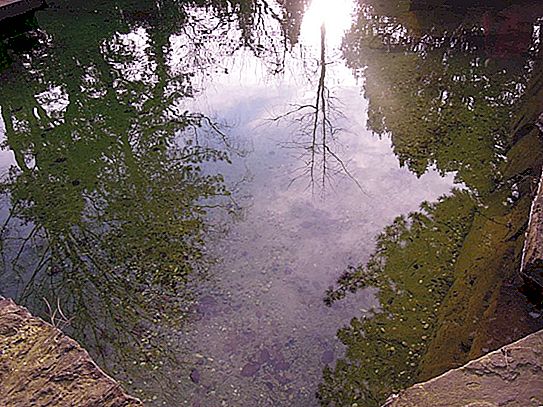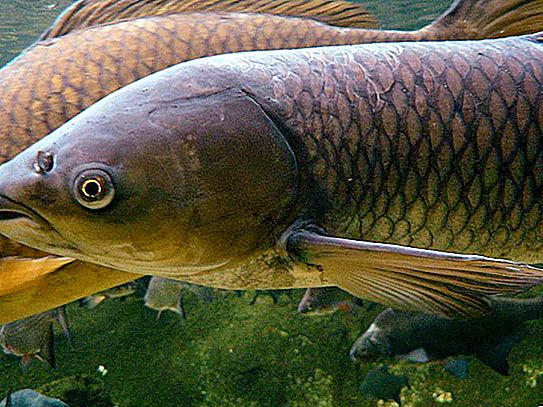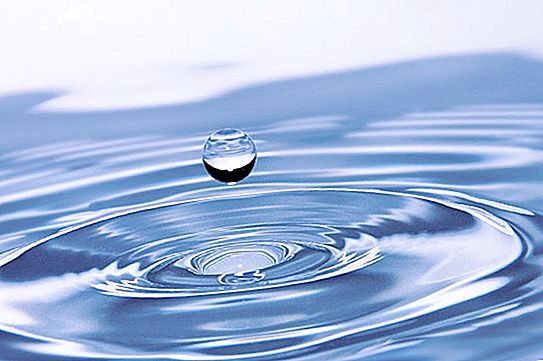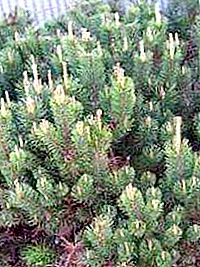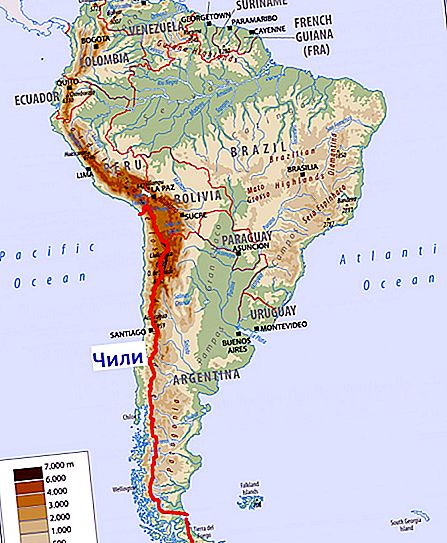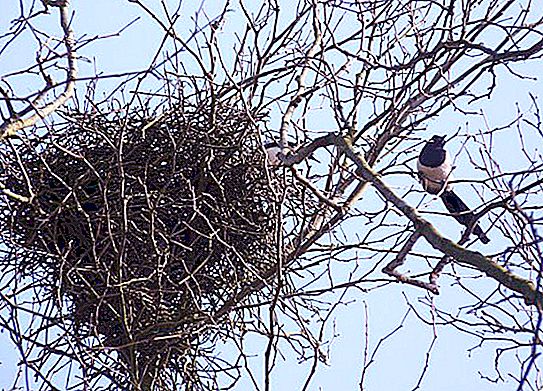Every year, there is an increase in water consumption, which is associated with an increase in the number of residents of most regions of the country, as well as the continued growth of industry. This leads to the fact that environmental pollution by wastewater also increases, setting experts a difficult task - how to cause nature as little harm as possible with the least losses for progress. There is a need to develop effective wastewater treatment methods, the most effective of which include the creation of biological ponds. We get to know them better, learn the essence of this term, the variety and the specifics of arrangement and use.
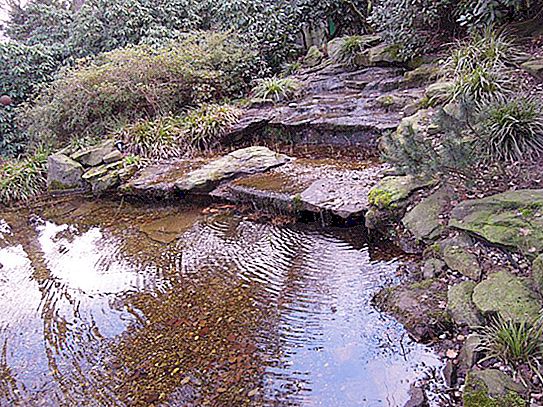
The concept
Artificially created reservoirs are not uncommon now. And biological ponds are one of them, but they are distinguished from other varieties by purpose - in such ponds, conditions as close as possible to natural conditions are created in which the sewage will be self-treated. You can also meet other names of structures - lagoons, simple ponds, stabilization, tertiary treatment ponds.
The main “inhabitants” of such water bodies are green algae, which actively release oxygen during their life, and this chemical element, in turn, leads to an acceleration of the decomposition of organics. In addition, the following groups of factors influence the decomposition process:
- Temperature.
- Aeration.
- Water speed.
- Vital activity of bacteria.
Thus, water purification takes place - quite naturally and quite quickly. In just 5 days, you can completely clean the reservoir. In addition, plants will accumulate heavy metals within themselves, which in nature undergo decomposition for a long time.
Characteristic
Let's get acquainted with the main parameters of biological ponds:
- The optimum depth is small - from 0.5 to 1 meter.
- The shape is a rectangle.
- The ratio of length and width depends on the method of aeration: if it is artificial, then the proportion is 1: 3, if natural - 1: 1.5.
It is under such conditions that mass development of planktonic algae and other beneficial microorganisms takes place. To perform their immediate functions with biological ponds, the following plants are planted next to them: reed, calamus, reeds, broadleaf cattail, water hyacinth and some others.
The useful life of these structures is more than 20 years.
Varieties
Biological ponds for wastewater treatment can be of three main types, information about them is presented in table format for ease of perception.
|
Variety |
Short description |
|
For water bio-treatment |
Most often, wastewater has a previously settled character. The duration of the fluid is about 30 days. To get the best effect, they usually have 4-5 steps |
|
For tertiary treatment |
Used in cases of preliminary biological treatment, as one of its stages |
|
Fish |
There is a dilution of wastewater: after preliminary treatment, these waters are mixed with fresh river water (often in a ratio of 1: 3 or 1: 5) |
In addition, you can meet another classification - the division into flow-through and contact, while the first, in turn, can be multi- and single-stage.
Bioponds can also be divided into three groups depending on the biotic cycle: anaerobic, aerobic and optional aerobic.
- Anaerobic are most often used for partial purification of water. Living organisms living in them need a lot of oxygen. An important point of such reservoirs are the unpleasant odors of decay.
- Aerobic are the most powerful in terms of purification, since living organisms living in them, primarily algae, take part in the oxidation of wastewater.
- Optional aerobic - an intermediate option, combining the unpleasant smell of rot and more efficient cleaning.
With multi-stage cleaning, fish can be bred in the ponds of the last stage, most often it is carp.
Application
Studies have proven that the simplest and most effective water purification system is the use of natural methods, in particular plant organisms. For algae, improving water quality is a natural function, because for normal life they need potassium, phosphorus and nitrogen, and microorganisms are formed in the root system that are responsible for the oxidation of organics. The work of artificial reservoirs is based on these factors.
Bioponds are used both for independent water treatment, and as part of a whole complex of similar structures, for example, preceding the use of agricultural irrigation fields or for post-treatment at aeration stations. For wastewater treatment, biological ponds are preferably used in those regions where the air temperature is at least +10 ° C on average during the year and a moderately humid climate.
Sanitary supervision
Sewage treatment plants, including biological ponds, are under constant sanitary control, the task of which is carried out by sanitary and epidemiological stations. The following specialists are required to monitor the status of such reservoirs:
- Parasitologist.
- The epidemiologist.
- Entomologist.
For the purpose of control, various types of studies are used, including bacteriological. It also checks compliance with measures to prevent the discharge of wastewater not subjected to preliminary treatment and disinfection in water bodies.

